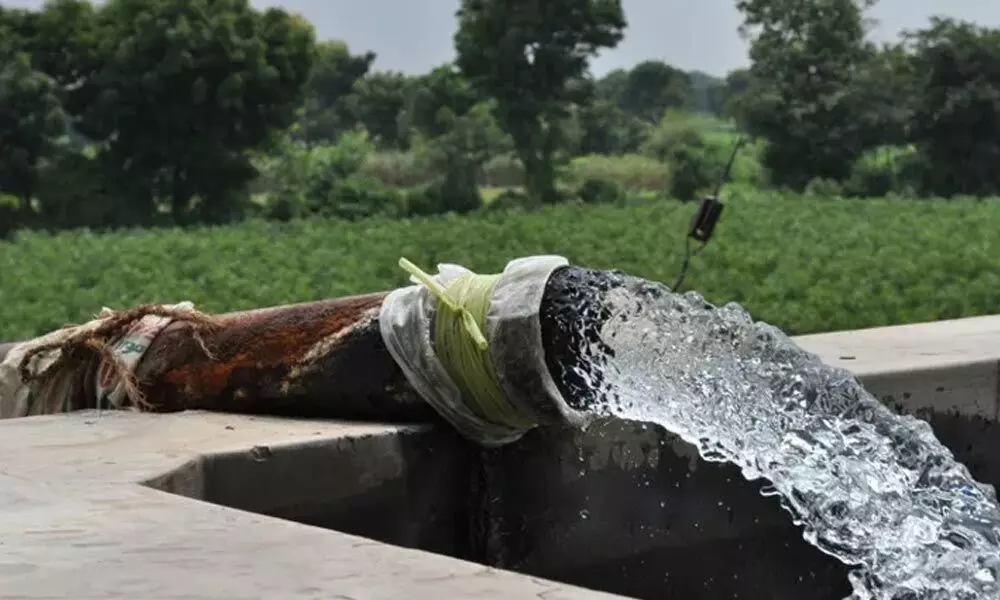Groundwater depletion a serious concern for agriculure
Even as India, along with many other countries across the world, celebrated the World Water Day on March 22, the fact remains that there has been significantly increasing depletion of groundwater, over the years, across India primarily caused by dying of wells due to continuous temperature rise and submersible pumping in the agricultural field.
image for illustrative purpose

Even as India, along with many other countries across the world, celebrated the World Water Day on March 22, the fact remains that there has been significantly increasing depletion of groundwater, over the years, across India primarily caused by dying of wells due to continuous temperature rise and submersible pumping in the agricultural field. This has to be seen in light of the fact that most of South Asia today is overwhelmingly dependent on groundwater irrigation for supporting its predominantly agrarian economies. And quite significantly, India is on top of this list of South Asian countries, being the world's single largest user, with over 90 per cent used only for irrigation. Little wonder therefore that in such pump lift irrigation based economies, fortunes of groundwater and energy sectors are closely entwined, often referred as the 'energy irrigation nexus'. It is also important to note that there had been a 69 per cent decline in the per capita availability of water in India from 1950 to 2011 which is further estimated to be reduced by an additional 13 per cent by 2025. Going by NASA estimates, groundwater is depleting at the rate of 5km3/year in the eastern belt of India due to excess irrigation.
Now, looking at the eastern Indian state of West Bengal, this is even more relevant for districts like Bankura, Birbhum, Purulia which have low cultivation areas due to low precipitation and very high temperature. With growing demand for food production, there will be a need to draw more water from deeper water beds which will tend to increase the water stress and also affect the high energy demand and thereby further increase the irrigation pumping cost for Bengal Farmers. Therefore, it is important to look at the groundwater issue along with energy and agriculture which brings us to the need for developing a prospective action plan to address the nexus between energy-water-agriculture. Ironically, Bengal has been blessed with groundwater, however there is increasing evidence now that in many districts it is depleting at a faster rate. We need to act now before we cross the tipping point.
Although West Bengal is not conventionally seen to be a water scarce state as compared to the arid and semi-arid states of central and western India, the Central Groundwater Board (CGWB) shows a consistent decline in the groundwater level in the state. According to CGWB, the overall groundwater level has declined by 1.28 meters from 1993 to 2019 in West Bengal.
Mind you that groundwater happens to be out of sight and thus out of mind and excess use of groundwater has led to issues of salinity and arsenic. Experts are of the view that multiple initiatives - from building check dams, farm ponds and installation of various technology to conserve and monitor use of groundwater amongst 2500 water user groups of farmers –need to undertaken without any further delay not only across West Bengal but in other parts of the country as well.
Policy maker must keep in mind that the small and marginal farmers bear the brunt of such alarming rate of groundwater depletion as their livelihoods are directly linked with it. To sustainably mitigate the challenge of declining groundwater levels, combining groundwater conservation with replenishment activities is essential to improve the lives of those who are dependent on it.

